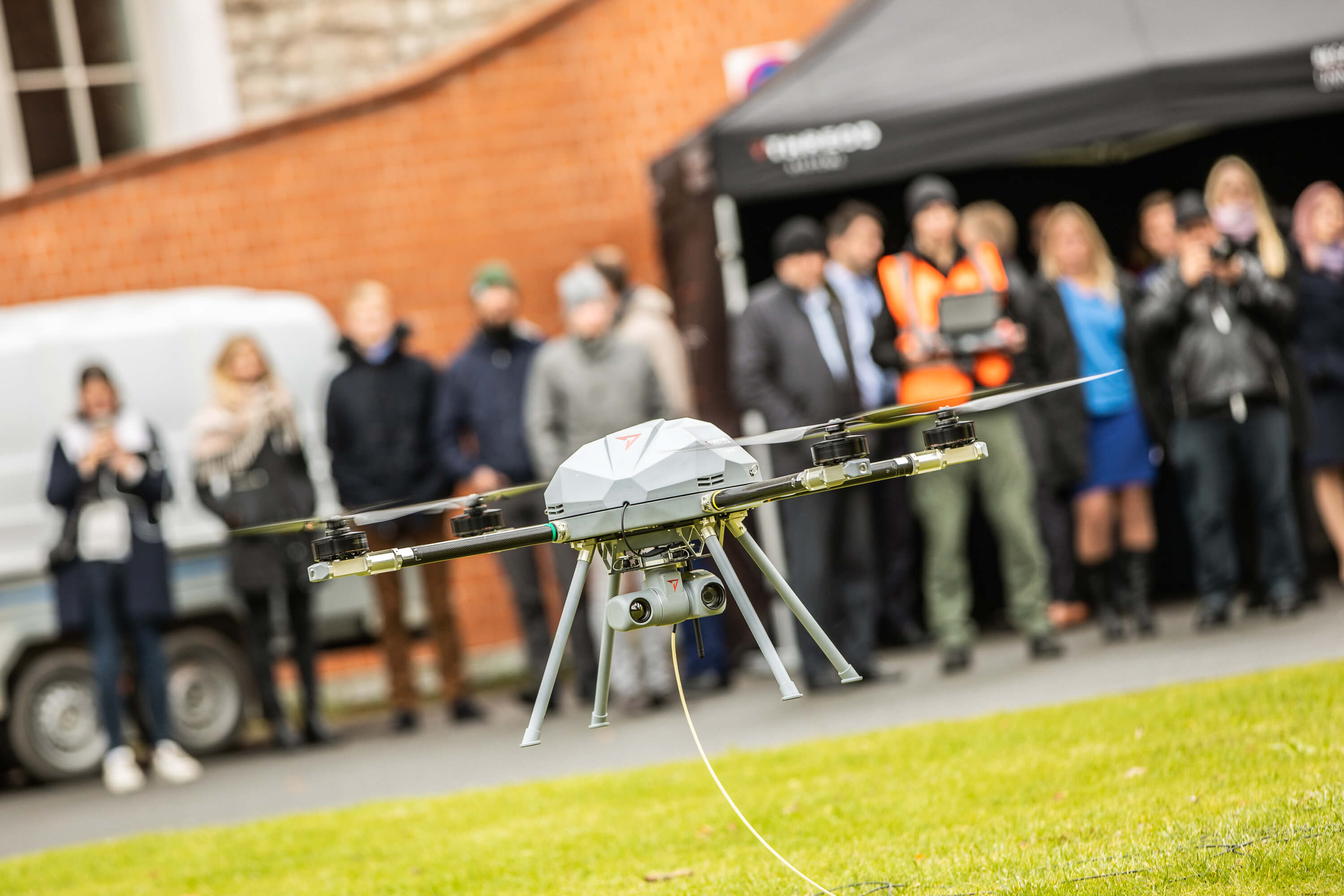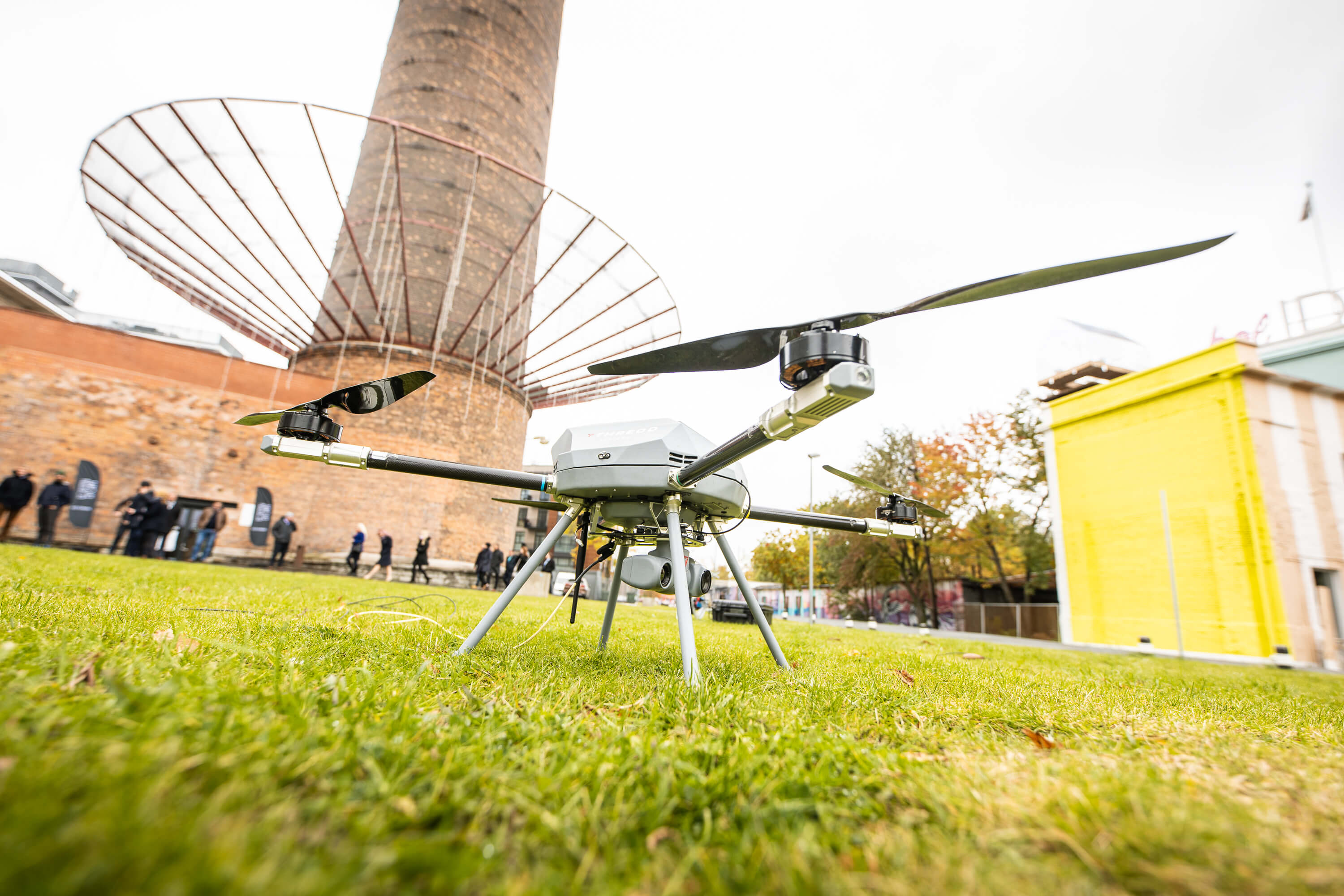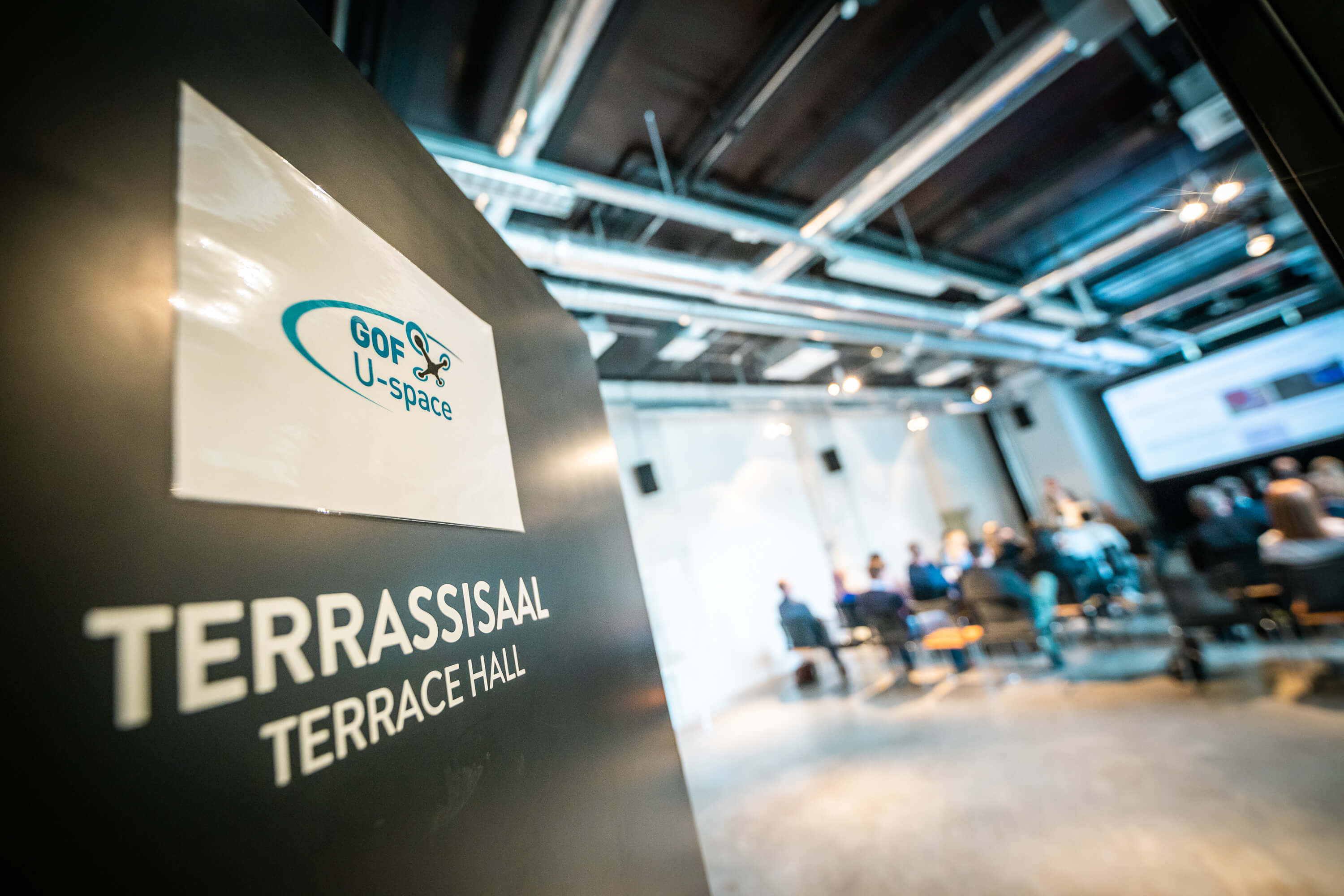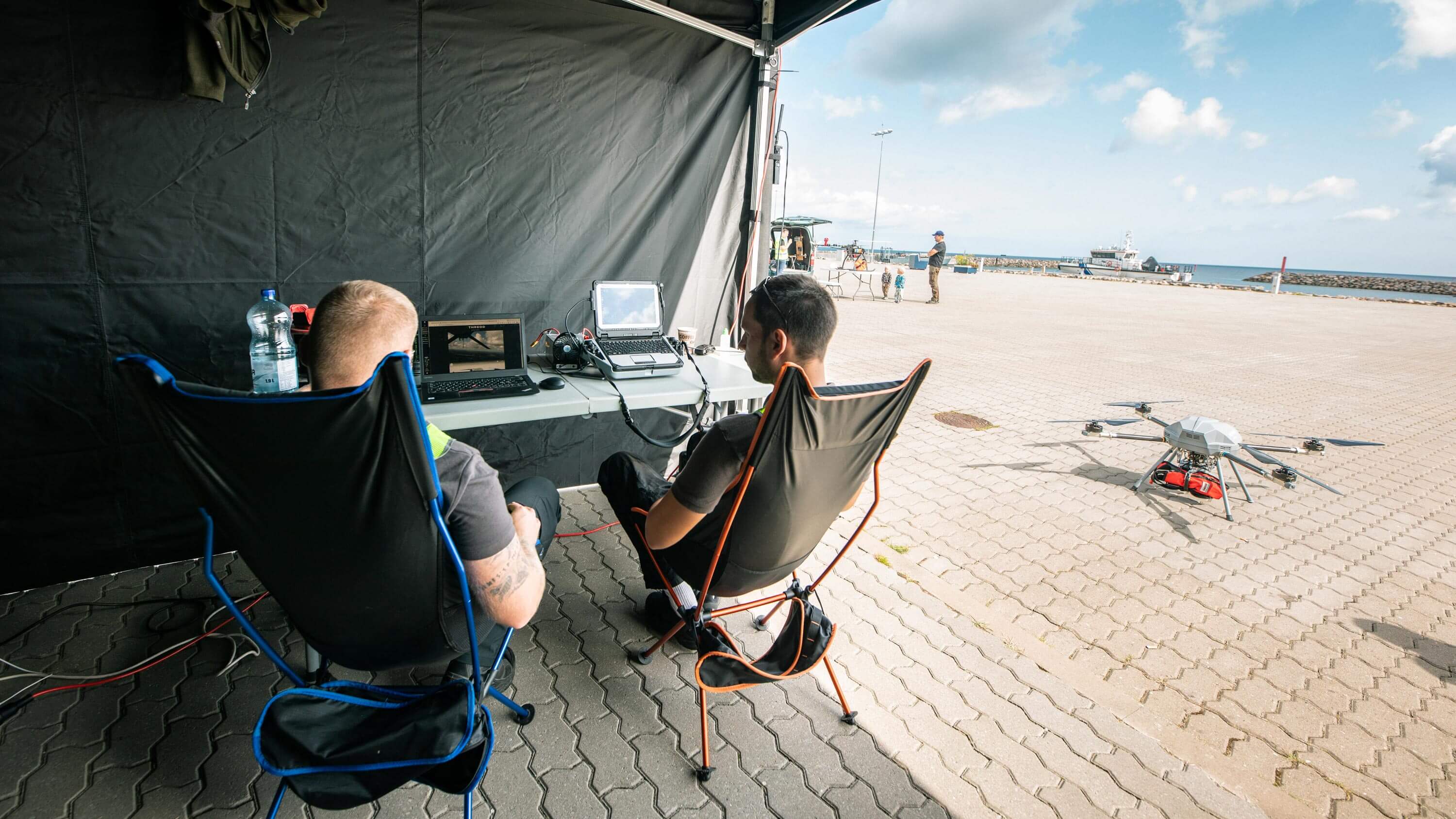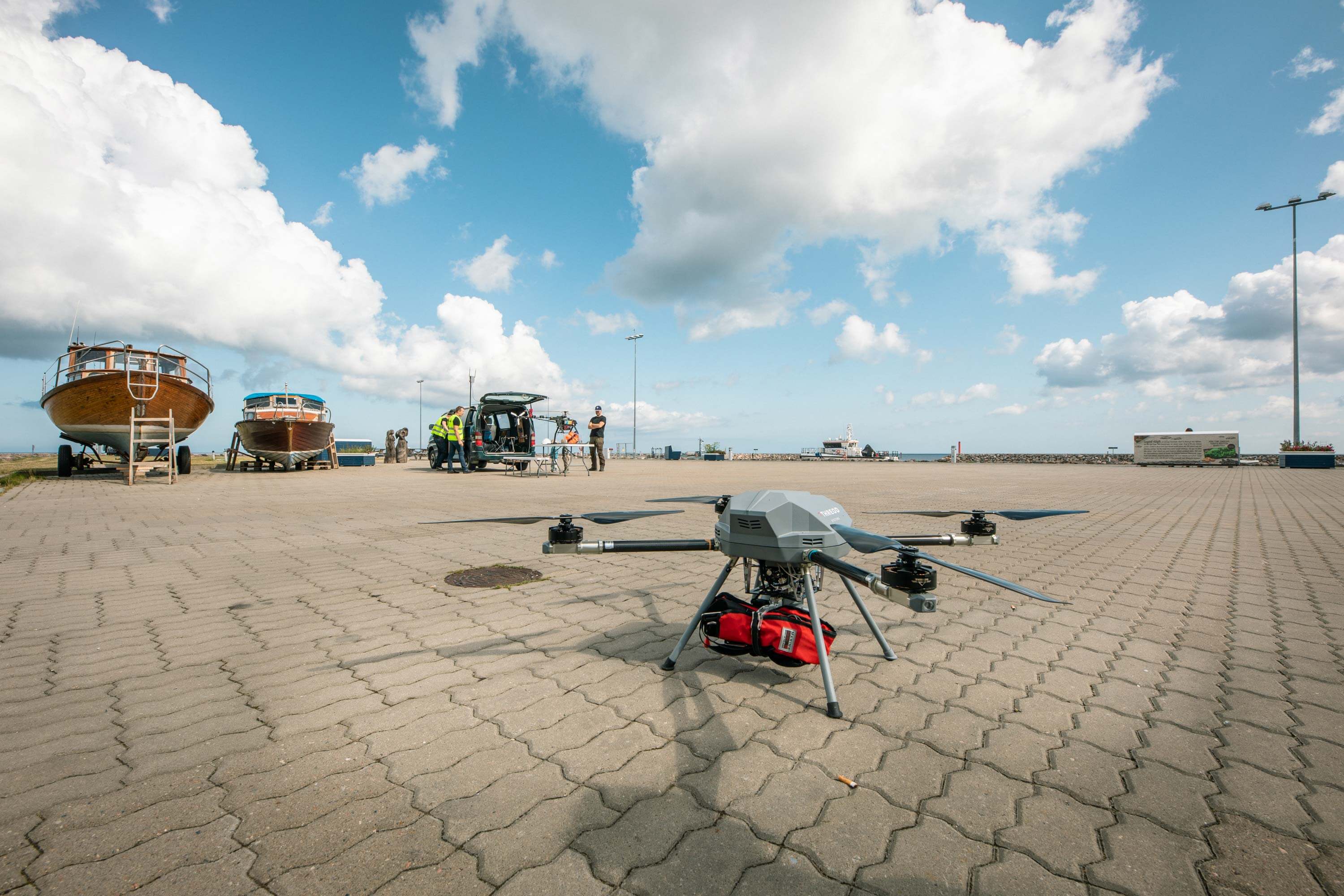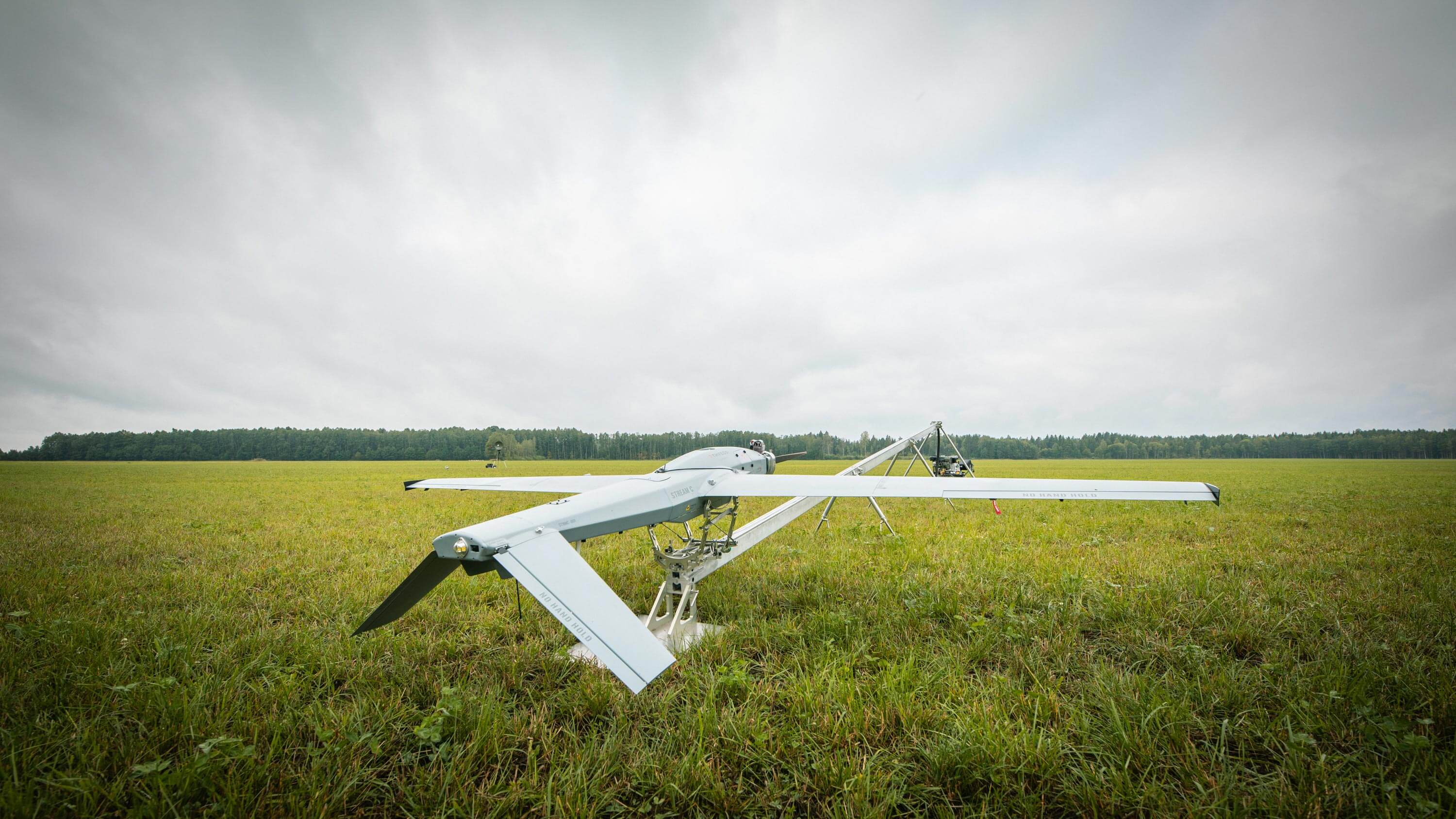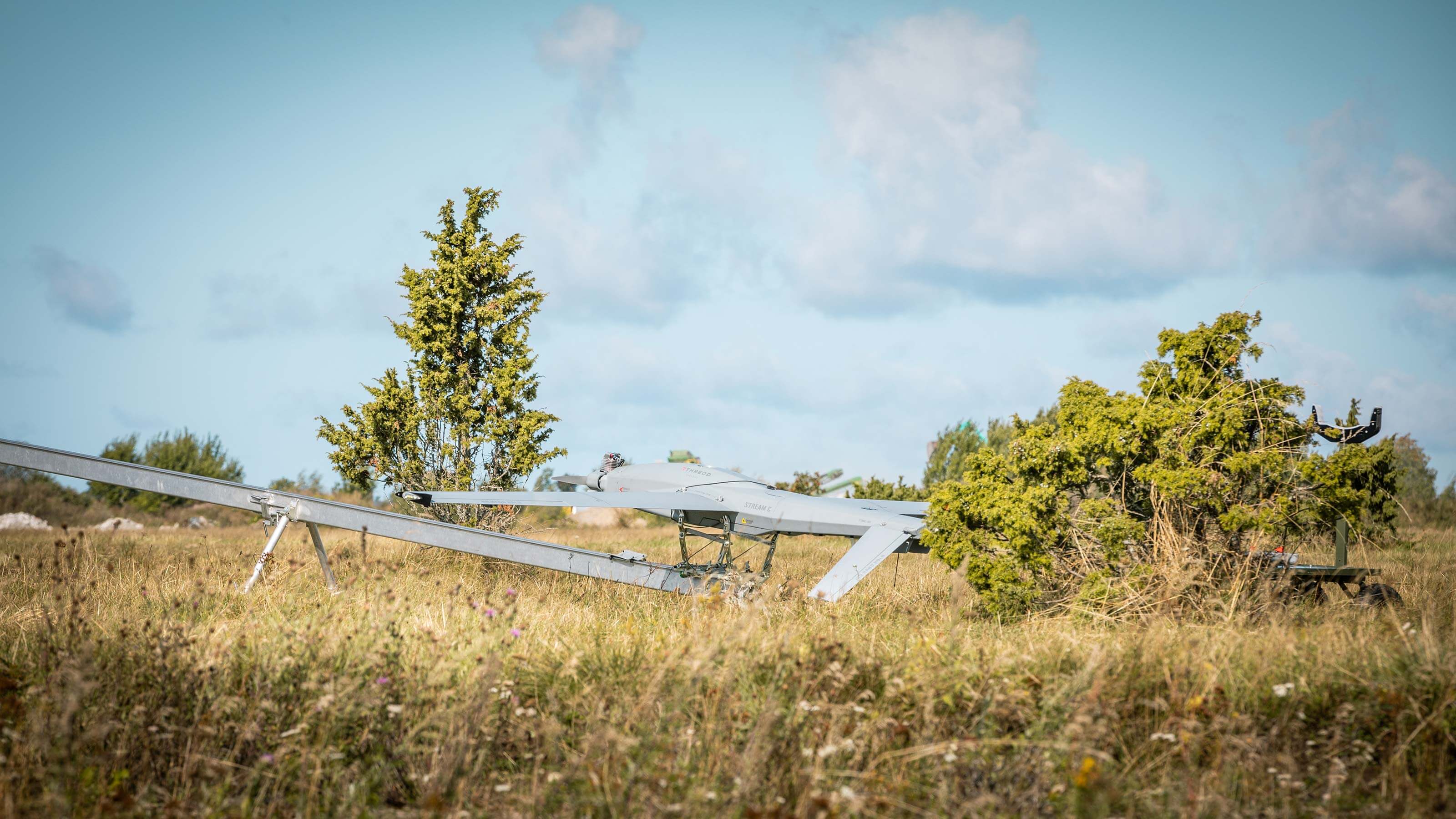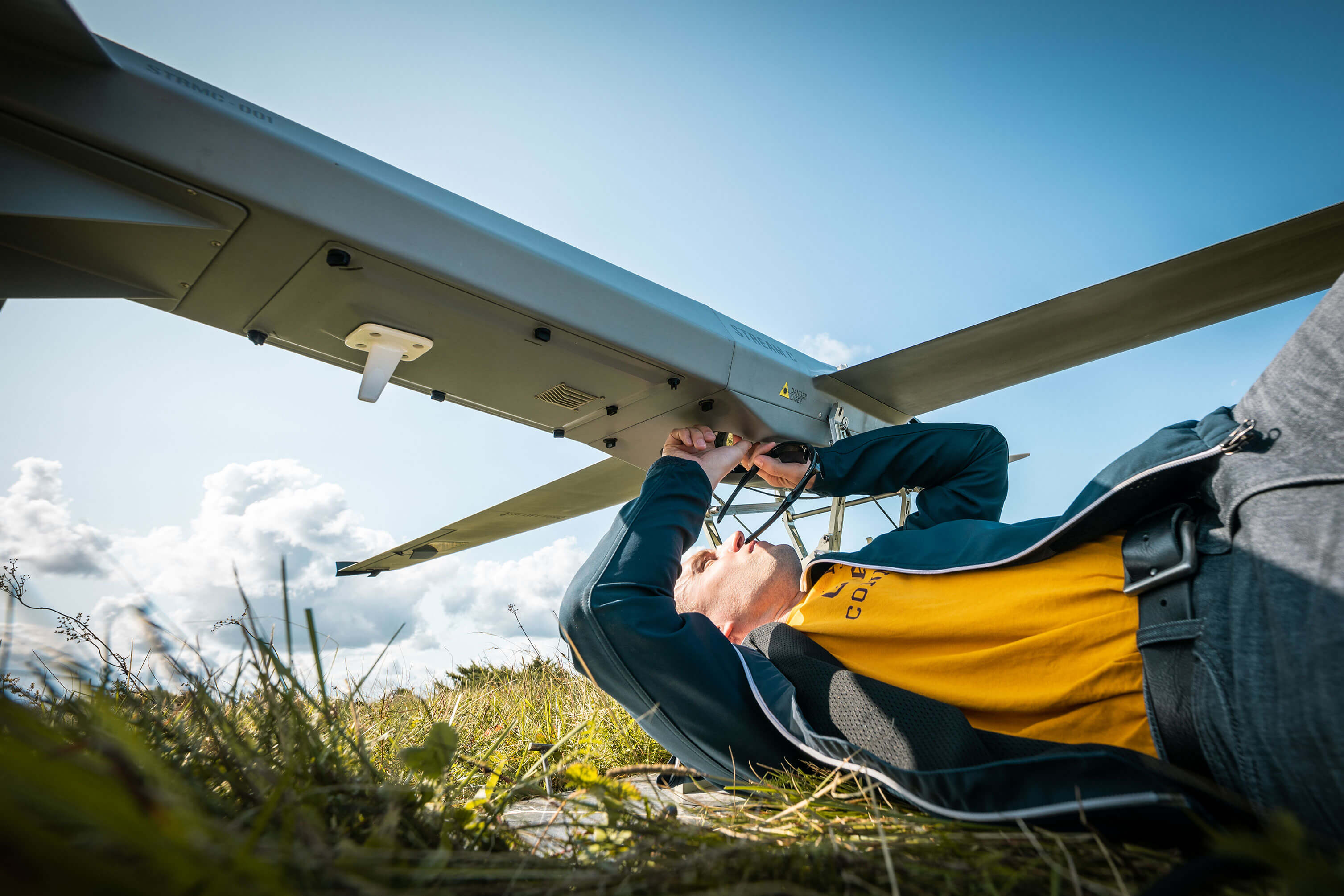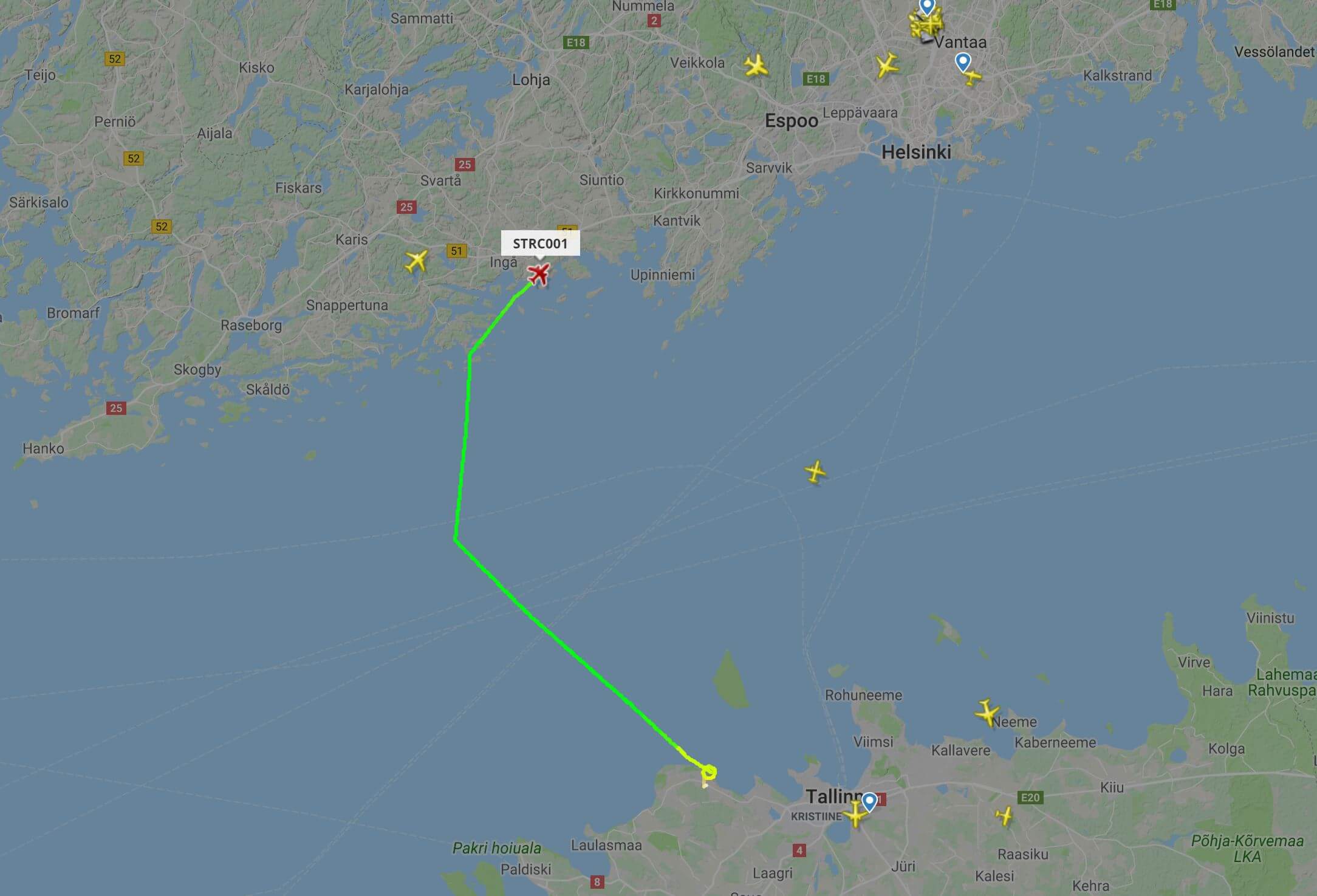Recently, Threod Systems representatives, took part in the closing conference of the GOF U-Space project coordinated by EANS and sponsored by SESAR Joint Undertaking. Based on seven demo flights conducted during the summer of 2019, it was established that for aviation safety the cooperation between drone pilots, developers of unmanned systems, state representatives and ATM operators is crucial.
“We have one airspace. The number of drones is growing and we need to think how these new airspace users are safely and effectively integrated to operate alongside helicopters, private and recreational aircrafts, but also model airplanes, parachutists and hang gliders. They all need to have access to and share the same reliable airspace information,” said EANS Project Manager Maria Tamm. “All airspace users need to be aware of each other to ensure flight safety.”
It is clear that the current situation of the airspace management and flight coordination must change. A unified system would safely manage the flights of all air vehicles, manned and unmanned, operating in the same airspace. It will take years to establish the technical and legal framework for unmanned aerial vehicles, but the first building block – the Drones Register, which contains information about the aircraft and its user, should be completed and operational by July 1 next year.
Tamm added that the willingness of all stakeholders to work together is needed to develop a country-wide solution for unmanned traffic management. Once the initial agreements and roles are in place and progressively developed they should accommodate more sophisticated drone operations, such as parcel delivery or medical transportation.
At the GOF U-space open day event, Threods’ Titan UAS completed demonstration flights in the center of Tallinn with tether solution, equipped with their Shark gimbal.
Threods’ participation
Threod System UAV`s participated in three out of seven trials. In particular the urban drone fleet operations in Tallinn controlled airspace, in cooperation with Search and Rescue Forces and general air traffic, as well as international parcel delivery between Helsinki and Tallinn. During the events, UAVs performed five demonstration flights in total. Threods’ Stream C took part in a total of 3 trials, Eos C VTOL in Trial 3 and Titan in Trial 6.
GOF U-Space Trials and Threod UAV missions
Trial 3 (Stream C & Eos VTOL)
Stream C and Eos VTOL both took off from Muraste in order to observe Tallinn Old City harbor area. UAV`s were deployed from the same area with only a five-minute separation into narrow airspace. While Eos and Stream C flew towards harbor, two other UAV`s were deployed into the same area. The goal of the trial was to demonstrate simultaneous unmanned activity in joint airspace
Trial 6 (Stream C & Titan)
The trial was combined with Police and Border Guard Board international maritime SAR exercise in Kärdla, Hiiumaa.
Stream C‘s was to provide assistance in detecting and observing the incident site prior to the rescue helicopter arrival and provide real time situational awareness to the command center.
Titan UAV was assigned to a quick reaction mission with the task to deliver safety equipment to the accident site (equipped with life vest payload).
Trial 1 (Stream C)
This was the most strategic demonstration flight of all. Stream C`s mission was to perform a cross-border parcel delivery flight in international airspace while considering all the aspects needed for authorization. Thorough planning involved flight submissions to both Estonian and Finland’s aviation authorities including radio frequency authorizations. Stream C took off from Muraste, Estonia and flew towards Finland, keeping inside the designated airspace and flight path. History was made on that day, as it was the first time a UAV successfully flew over the Gulf of Finland from Estonia to Finland, observed in both UTM and ATM systems.
The project outcomes for Threod
Overall the flights were successful. Trials demonstrated the need for mutual understanding and coordination between the manned and unmanned aviation.
Cooperation with the project counterparts was meaningful. Sequent workshops and operations led to mutual understandings and opened doors for further developments. Foremost, showing the uprising collaborative means to enhance mission efficiency in different areas of operations. Participating in these kind of projects is very beneficial. It ensures better understanding of the end user. Furthermore, we had a chance to play through various missions in cooperation with outstanding industry partners and governmental and aviation authorities support, making sure we provide the best solutions for particular Trial goals.
The most crucial thing Threod acquired by participating in this project was improved situational awareness. Understanding the trends and needs in rapidly evolving unmanned aviation sector is the vital aspect while developing and operating the systems. Furthermore, operational experience transferred to procedures development that match the unified standards.

